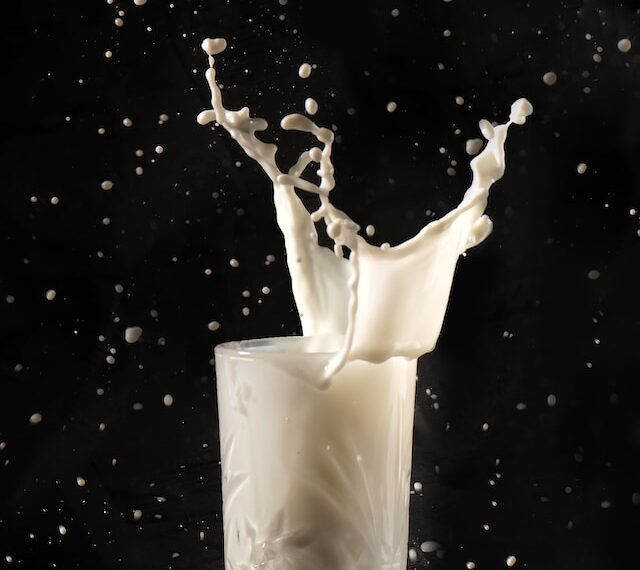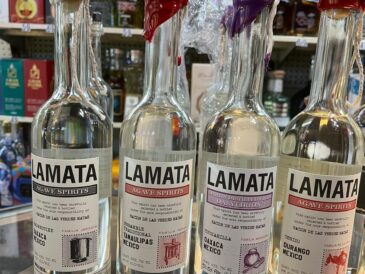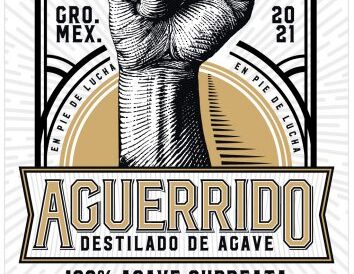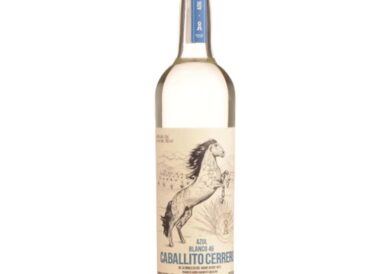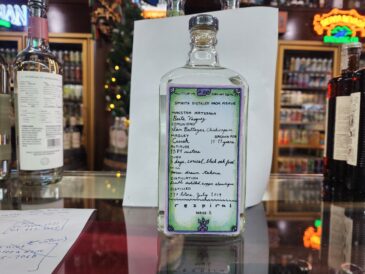We were introduced to Pulque by Raza Zaidi, Managing Partner of Wahaka Mezcal.
Pulque is a traditional alcoholic beverage that originated in Mexico and is made by fermenting the sap or aguamiel of the maguey (agave) plant. It is a milky, slightly viscous liquid with a sweet and sour taste and a low alcohol content of around 4-7%. Pulque has been consumed for centuries in Mexico and is often referred to as a pre-Hispanic drink. The Aztecs and other indigenous cultures highly valued it for its medicinal properties, and it was often used in religious ceremonies. Today, pulque is still produced and consumed in certain parts of Mexico, particularly in rural areas, and is often served fresh from the fermentation vessel in traditional pulquerías.
Medicinal Benefits
It has been used for centuries in traditional medicine for various health benefits. Some of the medicinal properties attributed to pulque include:
- Probiotic: Pulque is rich in beneficial bacteria that can help improve gut health and boost immunity.
- Nutritious: Pulque is a good source of vitamins and minerals such as calcium, magnesium, potassium, and vitamins B and C, which can help improve overall health.
- Anti-inflammatory: Pulque contains saponins, which are known to have anti-inflammatory properties. These compounds can help reduce inflammation and alleviate symptoms of arthritis and asthma.
- Antimicrobial: The lactic acid bacteria in pulque can inhibit the growth of harmful bacteria in the gut and help prevent infections.
- Energy boost: Pulque contains carbohydrates that can provide a quick energy source, making it a popular drink for laborers and athletes.
Aztec Mythology
According to Aztec mythology, the god of pulque, Nappatecuhtli, and his wife, Mayahuel, goddess of the maguey plant, were responsible for the drink’s creation. It was believed that the couple had 400 children, each associated with a different type of agave plant. When the agave plants were harvested, their sap was fermented and became pulque.
Mayahuel is a goddess from ancient Mesoamerican mythology associated with fertility, nourishment, and the maguey plant, used to make pulque, mezcal, and tequila. According to legend, Mayahuel was one of the thirteen children of the primordial deities, the God of Fire and the Goddess of Water.
Mayahuel is often depicted as a beautiful young woman with four hundred breasts, symbolizing the maguey plant’s many uses and benefits. In some versions of the myth, Mayahuel was discovered by the god Quetzalcoatl, who fell in love with her and took her to live with him in the heavens. In other versions, Mayahuel is said to have been kept prisoner by the evil goddess Tzitzimime, who Quetzalcoatl defeated to rescue her.
Mayahuel is still revered in modern-day Mexico as a symbol of the earth’s bounty and the power of nature. She is also associated with the production and consumption of agave-based spirits, which are deeply ingrained in Mexican culture and have a rich history that dates back centuries. Many distilleries and mezcalerias throughout Mexico pay tribute to Mayahuel with artwork and imagery, and she remains an important figure in Mexican folklore and spirituality.
400 Conejos
“400 rabbits” is a popular phrase in the world of mezcal and tequila, often used to refer to the intense effects of drinking too many agave-based spirits. The phrase is derived from ancient Mesoamerican mythology, where a goddess of fertility and agave named Mayahuel is said to have had 400 rabbit children, representing the many states of drunkenness.
While the phrase is often playful or lighthearted, it is worth noting that excessive alcohol consumption can have serious health consequences. Therefore, it is important always to drink responsibly and in moderation and to seek help if you or someone you know struggles with alcohol addiction.
Pulque Production
Pulque is produced through a process that involves harvesting agave plants, extracting the sap from the center of the plant, and allowing the sap to ferment naturally. Here are the steps involved in producing pulque:
- Harvesting the agave plant: The agave plant is harvested by removing the leaves to expose the center, or heart, of the plant. The heart is then chopped out of the plant, leaving a cavity.
- Collecting the sap: Once the heart of the plant has been exposed, a cavity is left that fills with a sweet sap called aguamiel. This sap is collected by scraping it out of the cavity with a critical tool or placing a hollow gourd or plastic container under the plant to catch it as it drips out.
- Transporting the sap: The collected sap is transported to the pulquería or home, where fermentation occurs.
- Fermenting the sap: The collected sap is then left to ferment naturally in large barrels or clay pots, allowing the natural yeasts and bacteria in the air to convert the sugars into alcohol. The fermentation process can take several hours to several days, depending on the temperature and humidity of the environment.
- Filtering and bottling the pulque: Once the fermentation is complete, the pulque is filtered to remove any solids or impurities and is then bottled for consumption.
The production of pulque is a traditional and time-honored process passed down through generations of indigenous communities in Mexico. While modern production techniques have been introduced recently, many pulquerías still use traditional methods to produce this unique and beloved beverage.
The Pulquerías
The pulquerías, or pulque houses, were social gathering places where people could drink pulque and socialize. These establishments played an important role in Mexican culture and history, serving as political and cultural exchange centers.
During the colonial period, the Spanish authorities attempted to suppress the consumption of pulque, viewing it as a crude and inferior beverage. Despite these efforts, pulque remained popular among the indigenous population and eventually became a symbol of Mexican national identity.
In the early 20th century, pulquerías began to spread beyond the rural areas and into the urban centers. These urban pulquerías were often frequented by artists, intellectuals, and political radicals, who used them as meeting places to discuss politics and culture. In addition, many famous Mexican artists and writers, including Diego Rivera and Frida Kahlo, were regular patrons of pulquerías.
In the mid-20th century, the popularity of pulque began to decline as other alcoholic beverages, such as beer and tequila, became more widely available. As a result, many pulquerías closed down, and the drink became associated with poverty and marginalization.
In recent years, however, there has been a resurgence of interest in pulque, and several new pulquerías have opened in Mexico City and other urban centers. These establishments are often hip and trendy, catering to a young and urban clientele and offering flavored pulques and other innovative drinks.
Today, pulque and the pulquerías that serve it continue to play an important role in Mexican culture and history as a reminder of the country’s rich and diverse cultural heritage.
From Sacred Elixir to Street Beverage: Tracing Pulque’s Complex History
Stop by SF Tequila Shop to taste a piece of Mexican History.
